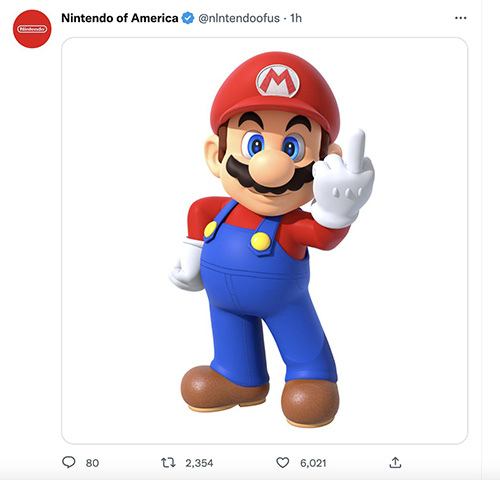Musk changes Twitter's verification process—here's how to identify users who paid for the blue check vs those who were legacy verified
Getting that coveted blue verified check on Twitter just got easier. Under the microblogging site's new owner Elon Musk, users could start signing up for Twitter Blue for $8 (around P466) and get perks like the blue tick.
Before the subscription, Twitter had a strict verification process, with only accounts that are "notable, active, authentic" and of "public interest" getting the badge. Verification allowed users to know that accounts of government agencies, news organizations, brands, celebrities, influencers, and organizations that they are following are legitimate. Pages that passed the process were marked with a blue check badge next to their name.
Beginning Nov. 9, all users subscribed to Twitter Blue could get the blue checkmark. Chaos began to ensue as fake accounts that had the means to pay could also get verified.
For instance, some users pretending to be Nintendo and Rockstar Games paid to get verified and used their platform to post fake content. The dubious Nintendo account shared a photo of Super Mario flipping the bird, while the Rockstar Games impersonator said Grand Theft Auto 6 would be released on Nov. 18.

With users easily able to buy a blue badge, how then can users distinguish these paid verifiers from the legacy ones verified by Twitter?
Verifying the verified
When you come across a Twitter profile with a check mark, tap on the badge to see if they paid for their verification. If they did, "This account is verified because it's subscribed to Twitter Blue" will show up.
Meanwhile, account information from non-bought badges will indicate, "This account is verified because it's notable in government, news, entertainment, or another designated category."
Previously, Twitter executive Esther Crawford said legacy verified accounts would have an "Official" tag to help users distinguish legitimate pages. However, this has been nixed, with the company saying they won't put a label on accounts anymore but will be "aggressively going after impersonation and deception."
"Please note that Twitter will do lots of dumb things in the coming months. We will keep what works and change what doesn't," Musk tweeted.



